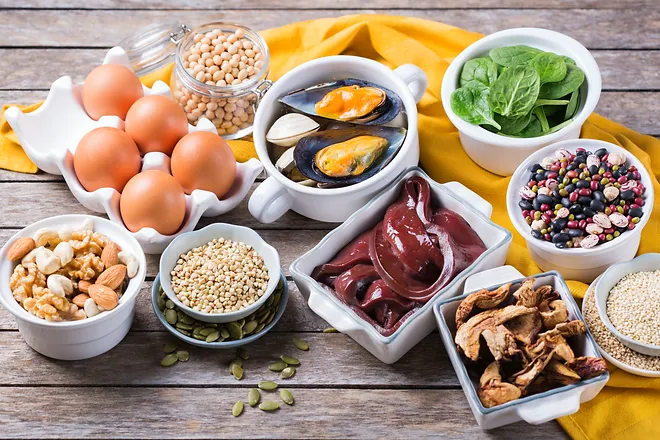Reading to Your Young Child
Reading with your child is important through many of the developmental stages. As I mom, often my favorite time of the day is spent reading with or to my kids. Reading even with your infant can provide many benefits. Science has shown that newborns will have activity in their receptive (listening) and expressive (talking) language centers when parents read to them. Holding your baby and reading also strengthens your bond together. Reading with your child can expand their vocabulary and help them to become better readers themselves. Reading time should be free from TV and cell phone use. Studies are starting to show that having the parent read to their child rather than listening to a book on tablet is beneficial. Toddlers especially love to interact with electronic books, but time for reading one on one with a book should not be replaced by electronic activity.
Newborn to 3 months: Hold your infant and look at a book, Name pictures seen in the book, copy your baby’s sounds when responding to reading. During this age short periods of reading are best, around 2 minutes.
4-5 months: Continue to read with baby in your lap. This physical closeness is important. Your baby may grab for the book at this age as well. He will start to be more interested in the pictures and may even show preference for certain books. Again, parents should mimic sounds and laughter that he makes during reading time. Books that rhyme are especially good to help learn language skills.
6-11 months: Continue reading in your lap. Reading can be a wonderful part of bedtime routine at this age as well as for years to come. Babies get much more interested in physical exploration of books. They love to grab, chew and play with pages. They often are much more vocal at this age and show that they are interested of enjoying the reading experience. Reading time may be very short, just a few minutes, but should be a positive fun experience.
12- 14 months: Your child can now help to choose a book to read. She can point to some pictures as well. Using voices for different characters can enhance the reading experience as well.
15-17 months: Toddlers will start to show even more preference for some books. It is good to read the same beloved book over and over again as repetition helps with the learning process. At this age, toddlers are often so busy they do not want to sit in your lap for the entire book (even a very short one). Parents can just point to and name or discuss pictures in the book. They can also make connections to things in real life. (Pointing to a character’s mouth then toddler’s mouth.) This is a great age to start learning animal sounds as well.
18-23 months: Toddlers this age will often ask for books if reading has become an established routine. They can often start to finish sentences in books read frequently. They love making sounds of the pictures they see in the books. This can be a great age to talk about what is seen in the picture in more detail, especially after your child has named an object from the book. Making the books interactive will help toddlers to stay interested. Parents can use the books as a start to pretend play as well, like pretending to be animals or to rock a baby.
Some of my favorite memories of my kids’ toddler years have been centered around reading. One of our favorites called “What’s on my head?” provided hours of laughs and entertainment as we recreated the book during our play time. We also loved many of Leslie Patricelli’s books, like Yummy and Yucky. We enjoyed using the pictures as a springboard for our playtime, as well as, a way to reconnect at the end of the day. Remember the most important aspect of reading to your young child is you. The time spent with your attention, love and care is essential at this time in their lives. Reading fosters your child’s social, emotional and academic development. I hope you have as much fun reading with your young child as I have with my children.



